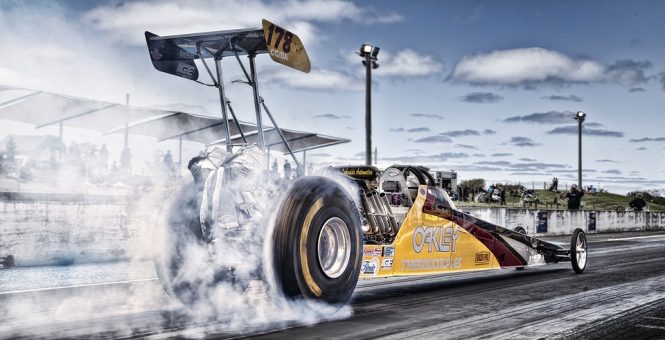
Drag Racing Dynamics: The Quest for Straight-Line Speed
Drag racing is a high-stakes, adrenaline-fueled sport that pits drivers against each other in a quest for straight-line speed. The objective is simple: accelerate from a standstill to the highest speed possible in a predetermined distance, typically a quarter mile (402 meters). However, the dynamics involved in achieving this goal are complex and require a deep understanding of physics, engineering, and driving technique.
The Fundamentals of Drag Racing
To appreciate the dynamics of drag racing, it’s essential to understand the fundamental principles at play. The key factors that affect a vehicle’s acceleration and top speed are:
- Power-to-weight ratio: The amount of power produced by the engine relative to the vehicle’s weight. A higher power-to-weight ratio results in faster acceleration.
- Tire friction: The amount of grip between the tires and the track surface. More friction allows for better acceleration and traction.
- Aerodynamics: The way air interacts with the vehicle, affecting its drag and downforce. A well-designed aerodynamic package can improve top speed and stability.
- Suspension and chassis: The vehicle’s suspension and chassis play a critical role in maintaining stability and control during acceleration.
The Physics of Acceleration
When a drag car launches from a standstill, it must overcome the forces of inertia and friction to accelerate. The engine produces torque, which is converted into rotational energy by the transmission and drivetrain. This energy is then transferred to the wheels, propelling the vehicle forward.
As the vehicle accelerates, several physical phenomena come into play:
- Newton’s second law: The force applied to the vehicle (in the form of torque) is equal to the mass of the vehicle multiplied by its acceleration.
- Frictional forces: The tires interact with the track surface, generating frictional forces that oppose the motion of the vehicle.
- Aerodynamic forces: As the vehicle gains speed, air resistance increases, creating drag forces that slow it down.
The Role of Tires in Drag Racing
Tires are a critical component in drag racing, as they provide the necessary traction to transfer power from the engine to the track surface. The ideal tire for drag racing has a high coefficient of friction, which allows for better acceleration and control.
Drag Racing Techniques
To achieve the fastest possible times, drag racers employ a range of techniques, including:
- Launch control: The driver carefully controls the throttle to optimize the launch, taking into account factors such as tire temperature, track surface, and vehicle weight distribution.
- Shift points: The driver selects the optimal gear shift points to maintain maximum power and momentum.
- Braking: The driver must brake smoothly and consistently to slow the vehicle down before the end of the track, avoiding wheel lockup or loss of control.
The Evolution of Drag Racing Technology
Over the years, drag racing has driven innovations in automotive technology, including:
- Engine development: Advances in engine design, materials, and fuel systems have led to significant increases in power output.
- Aerodynamic design: The use of wind tunnels, computational fluid dynamics (CFD), and other tools has optimized aerodynamic packages for drag cars.
- Transmission and drivetrain: The development of advanced transmission and drivetrain systems has improved power delivery and efficiency.
The Future of Drag Racing
As the sport continues to evolve, we can expect to see further advancements in technology, including:
- Electric and hybrid powertrains: The adoption of electric and hybrid powertrains may revolutionize the sport, offering improved performance, efficiency, and sustainability.
- Advanced materials: The use of advanced materials, such as carbon fiber and advanced composites, will continue to reduce vehicle weight and improve strength-to-weight ratios.
- Computer-aided design and simulation: The increasing use of computer-aided design (CAD) and simulation tools will enable teams to optimize their vehicles and develop more effective strategies.
In conclusion, drag racing dynamics are a complex and fascinating combination of physics, engineering, and driving technique. As the sport continues to push the boundaries of speed and innovation, we can expect to see exciting developments in the years to come. Whether you’re a seasoned drag racing enthusiast or just discovering the thrill of straight-line speed, the quest for the fastest times will always be a captivating and exhilarating pursuit.